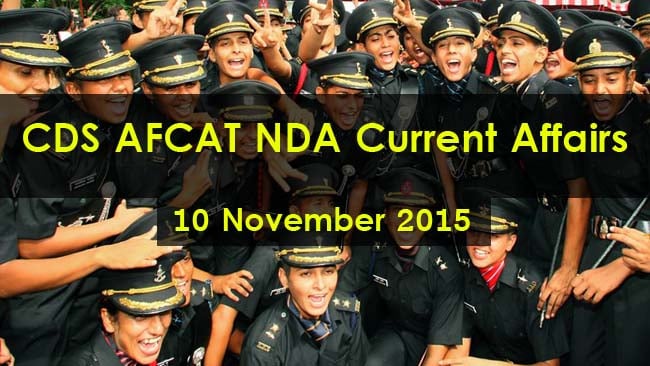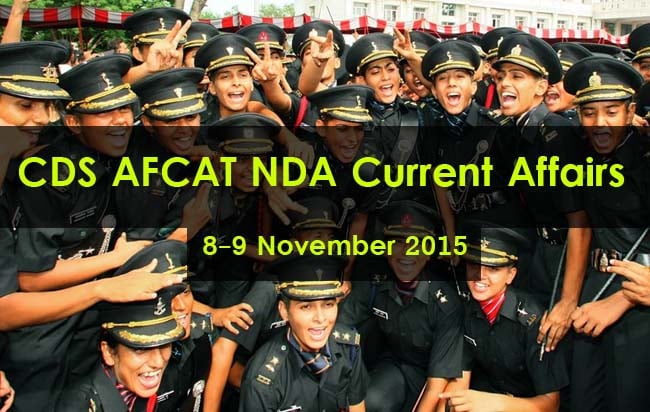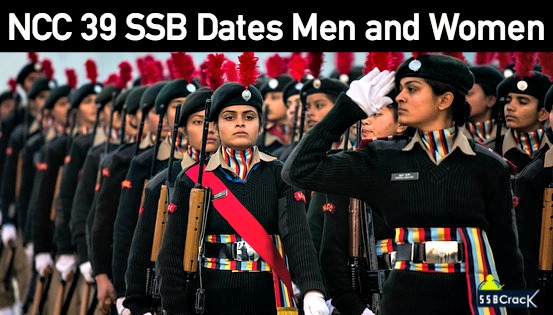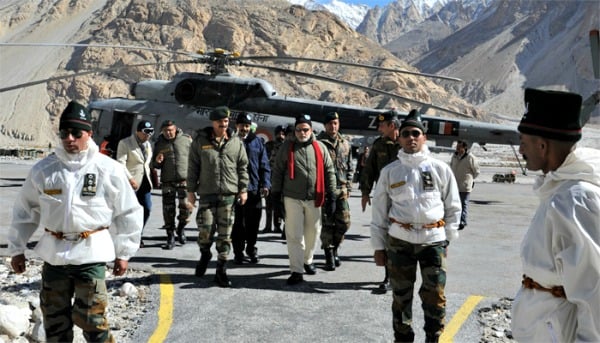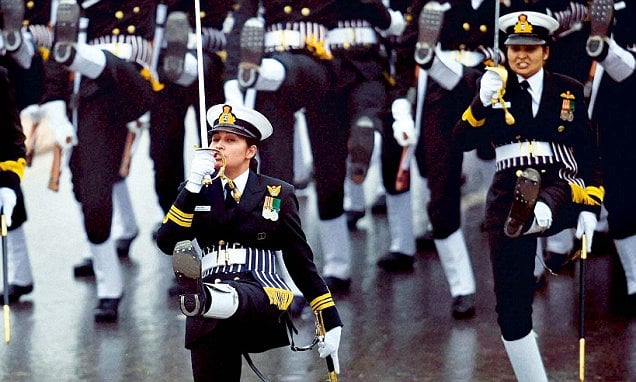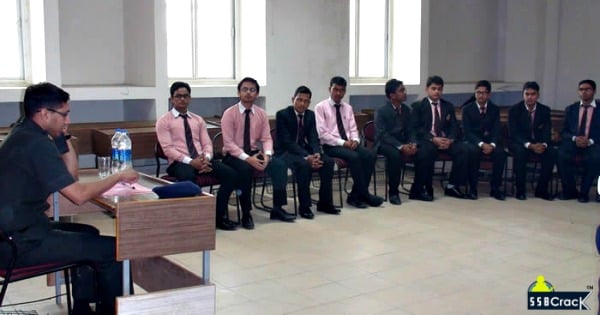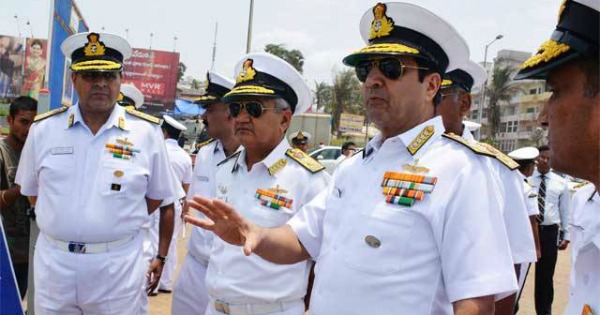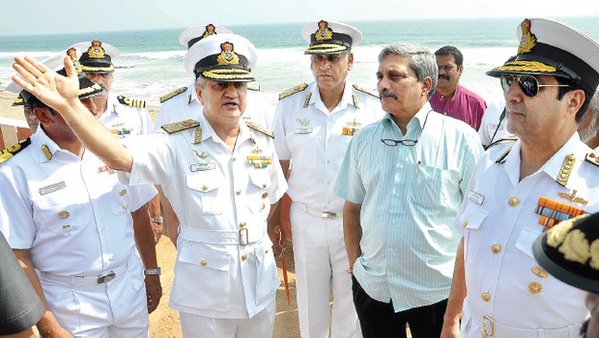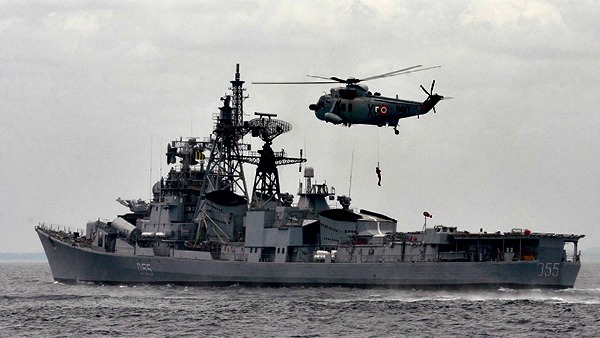Current affairs are important for appearing in NDA CDS and AFCAT exams as well as SSBs. Here, we are covering various aspects and fields of national and global happenings, which will help you in exams as well as in updating your knowledge to answer current affairs questions in SSB. We are covering national, international, politics, business, defense and sports section with major headlines of happening of previous day. The news here are kept in short headlines format, to make the readers to catch easily and comfortably.
National
- India re-elected to UN Commission on International Trade Law
- TRAI asks telecom operators to add more towers to reduce Call drops
- Beant killer Jagtar Singh Hawara appointed as chief of Akal Takht
- FDI limit for digital cable and DTH service to 100%, FDI norms relaxed in 15 major sectors
- ULFA leader Anup chetia handed over to CBI by Bangladesh
International
- Maldives President lifts nationwide state of emergency
- Russia to deploy more weapons to counter US missile shields
- Former West chancellor Helmut Schmidt dies at 96
- Pakistan inks 18 accords with Belarus
- Romanian president nominates Dacian Ciolos as new Prime Minister
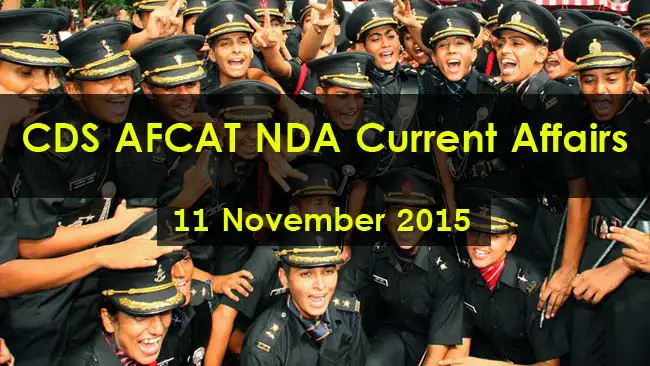
Politics
- Over 2,000 veterans returns medals for protesting over OROP
- BJP leaders demands action against Shatrughan Sinha for meeting Nitish Kumar
- Kerala finance minister K M Mani resigns over Bar bribery case
- Haryana chief minister to review progress in sex ratio
- Nitish Kumar to take oath on 20th November
Business
- Central government signs over 250-million dollar loan agreement with Asian Development Bank
- Jayant Krishna appointed as interim CEO of NSDC
- Google and TAG Heuer launches first Swiss luxury smart watch
- Delhi government clears plan to set up 1,000 healthcare clinics
- Vodafone India kicks off preparation for its IPO
Defense
- Indian air force gets its 75th Pilatus training aircraft
- Samarth, coast guard’s largest offshore petrol vessel commissioned
- China and Pakistan planning to export JF-17 jet fighters jointly
- China tests its anti- satellite missile Dong Neng-3
- India and Afghanistan holds extensive talks on regional security
Sports
- Murali Vijay top-ranked Indian batsman in ICC Test Rankings
- Younis khan planning his retirement form ODI after England series
- Arpinder singh, Indian triple jumper gets nod to train in London
- 5 Nepal football players charged with treason over match fixing
- Former Indian off spinner, Ramesh Powar, retires from competitive cricket



